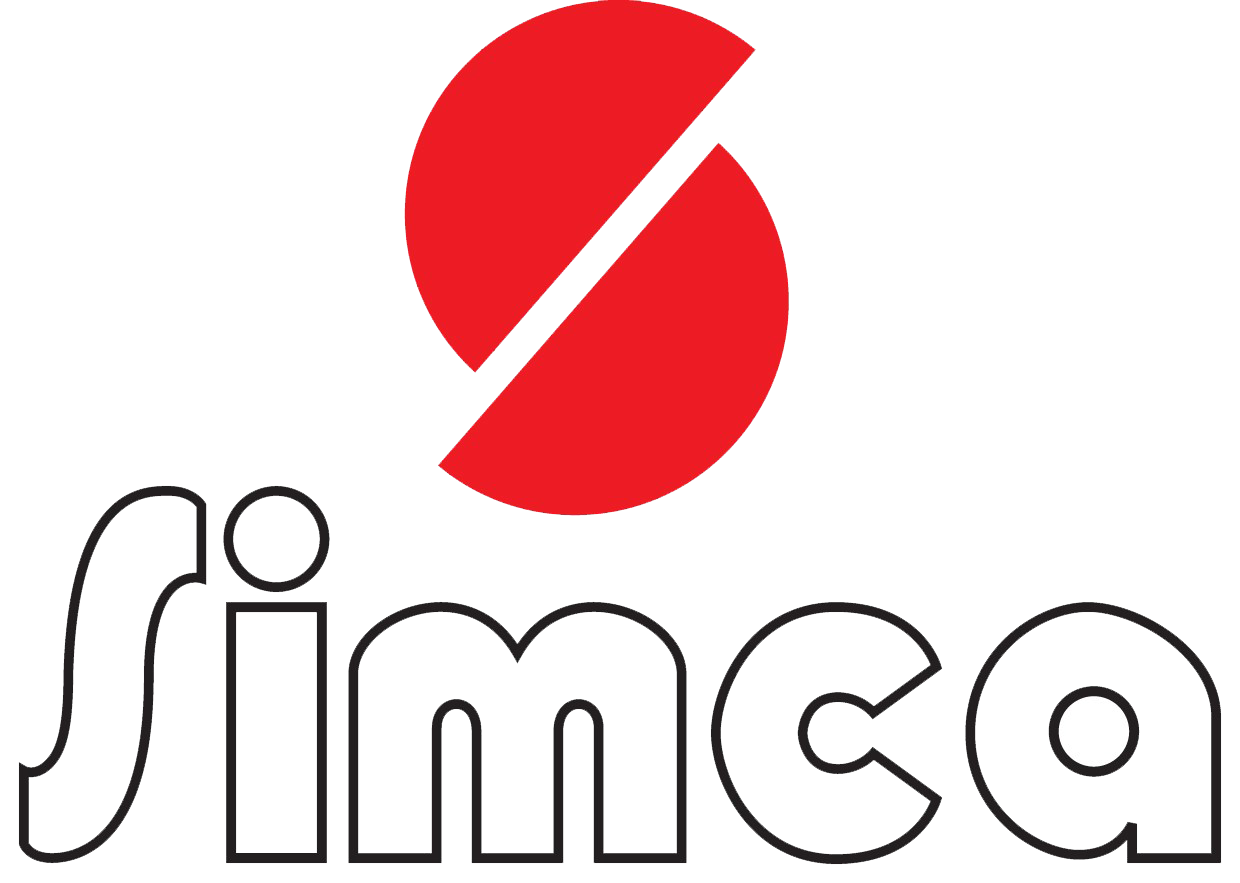Symol
Generic composition: Paracetamol
General Introduction
Symol contains the active ingredient, paracetamol, widely used analgesic and antipyretic
Therapeutic category
- NSAIDs
Dosage forms available
- SYMOL Tablets 500mg
- SYMOL Suspension 125mg/5ml
Mechanism of action
Paracetamol is para-amino phenol derivative that exhibits analgesic and anti-pyretic activity. The mechanism of action is dependent on the inhibition of prostaglandin synthesis.
Pharmacokinetics
It is rapidly absorbed from the gastrointestinal tract, its systemic bioavailability being dose-dependent and ranging from 70 to 90%. Its rate of oral absorption is predominantly dependent on the rate of gastric emptying, being delayed by food. Paracetamol is also well absorbed from the rectum. It distributes rapidly and evenly throughout most tissues and fluids. Paracetamol is extensively metabolised (predominantly in the liver), the major metabolites being the sulphate and glucuronide conjugates and excreted in the urine.
Uses
- Reduces fever
- Relief of persistent pain associated with osteoarthritis and muscle aches and pains such as backache.
- Paracetamol also provides effective, temporary relief of pain and discomfort associated with headache, tension headache, period pain, toothache, pain after dental procedures, and cold & flu.
Dosage
The common adult dose is 500 mg to 1000 mg two to three times a day or depending upon the condition. The recommended maximum daily dose, for adults, is 4000 mg
Contraindications
- In hypersensitivity to paracetamol or to any of the excipients.
Adverse Effects
- Dyspepsia, nausea, allergic and haematological reactions although reports of adverse reactions are rare.
Drug Interactions
- Anticoagulant dosage may require reduction if Paracetamol medication is prolonged.
- Paracetamol absorption from immediate release preparations is increased by drugs which increase gastric emptying, eg metoclopramide and decreased by drugs which decrease gastric emptying, egpropantheline, However, concurrent administration of metoclopramide may reduce the absorption of paracetamol from this sustained release dosage form, as it accelerates gastric emptying and intestinal transit.
- Paracetamol may increase chloramphenicol concentrations.
- The likelihood of paracetamol toxicity may be increased by the concomitant use of enzyme inducing agents such as alcohol or anticonvulsant drugs.
Precautions
- Should be administered with caution to patients with hepatic or renal dysfunction.

